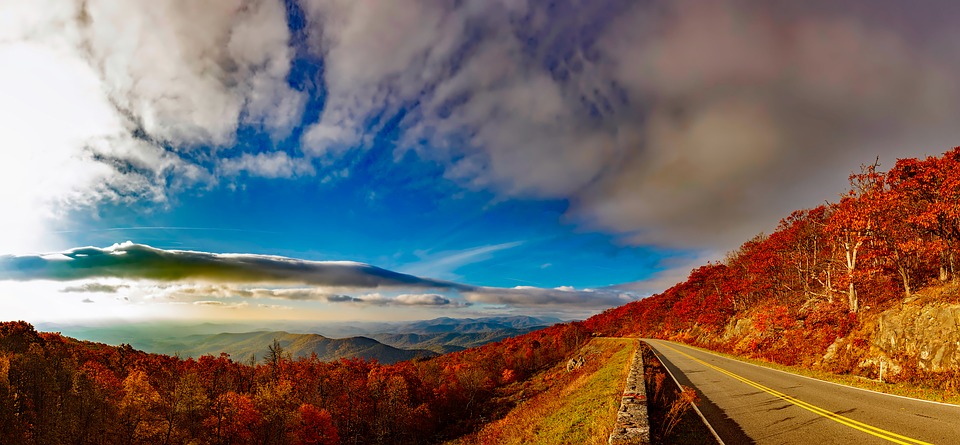The Blue Ridge Mountains are a beautiful landscape that offers some of the most colorful and longest running fall leaf seasons in the world. Thousands of visitors go to the Blue Ridge Mountains of North Carolina, Tennessee, Virginia and North Georgia every autumn to see the gorgeous fall foliage. Fall 2017 looks to be another great season for the leaves so be sure to read more below.
Go Slow And Enjoy The View
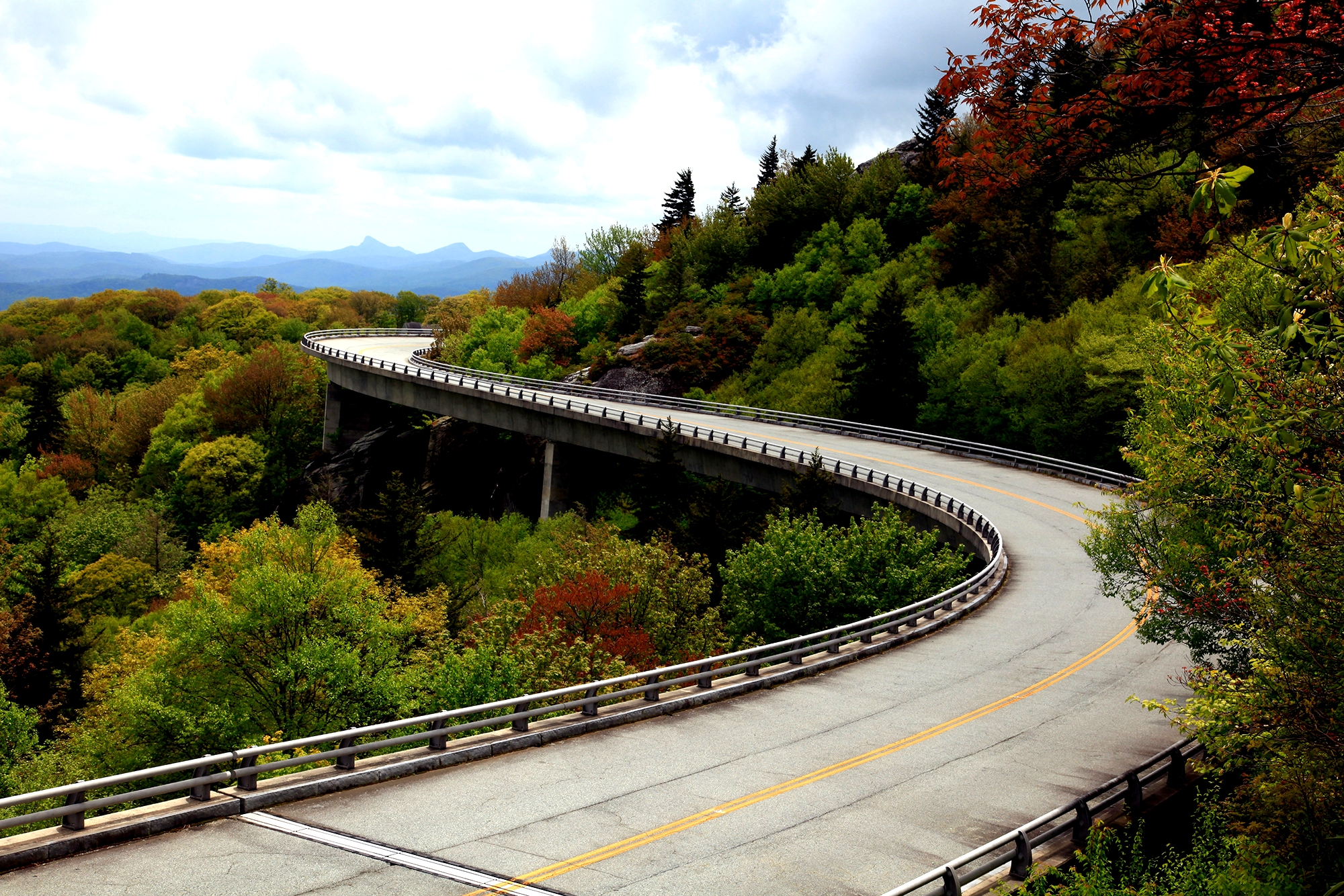
For anyone traveling by car, they’ll have almost no choice but to go slowly taking their time enjoying the Blue Ridge Parkway; the speed limit in this route is a strictly enforced 45 mph, which at some points is lowered to only 25 mph.
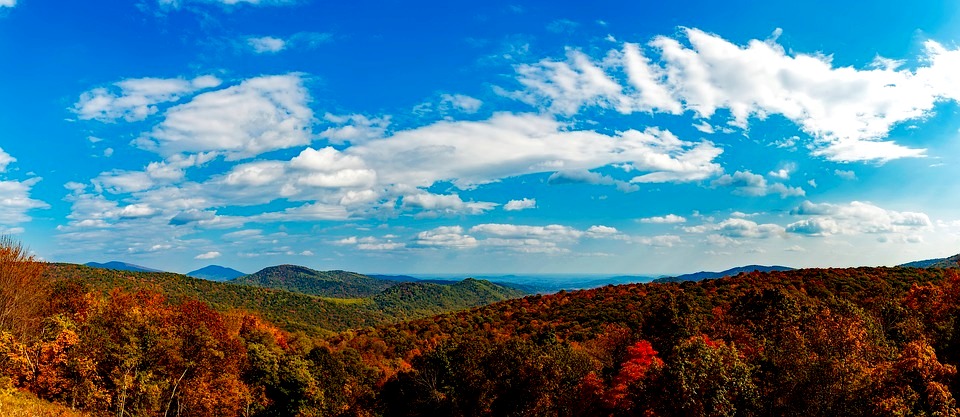
However, the slow pace is the ideal option, especially during autumn, since this is the perfect way to enjoy one of the beloved parkways in the United States. The Blue Ridge connects Shenandoah National Park in Virginia with the Great Smoky Mountains National Park in North Carolina.
The Perfect Destination During Autumn
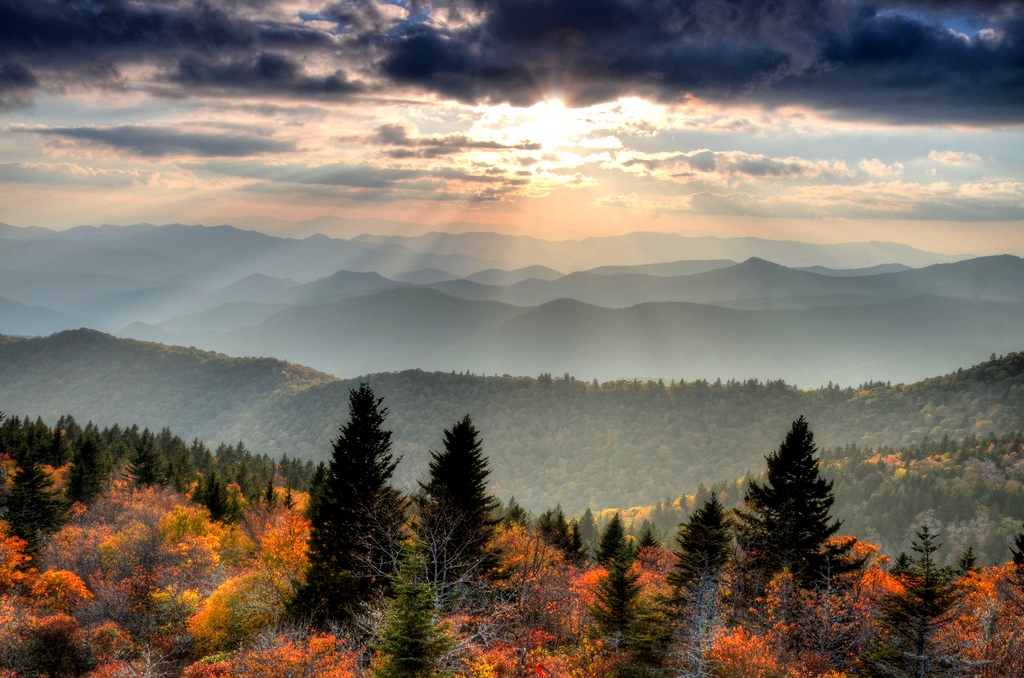
One of the reasons for the spectacle behind the fall leaf season is the varied elevations of this area, which show prime fall colors for more than a month. The changing colors are visible at the highest elevations in early October, and work their way down to the bottom in almost November.
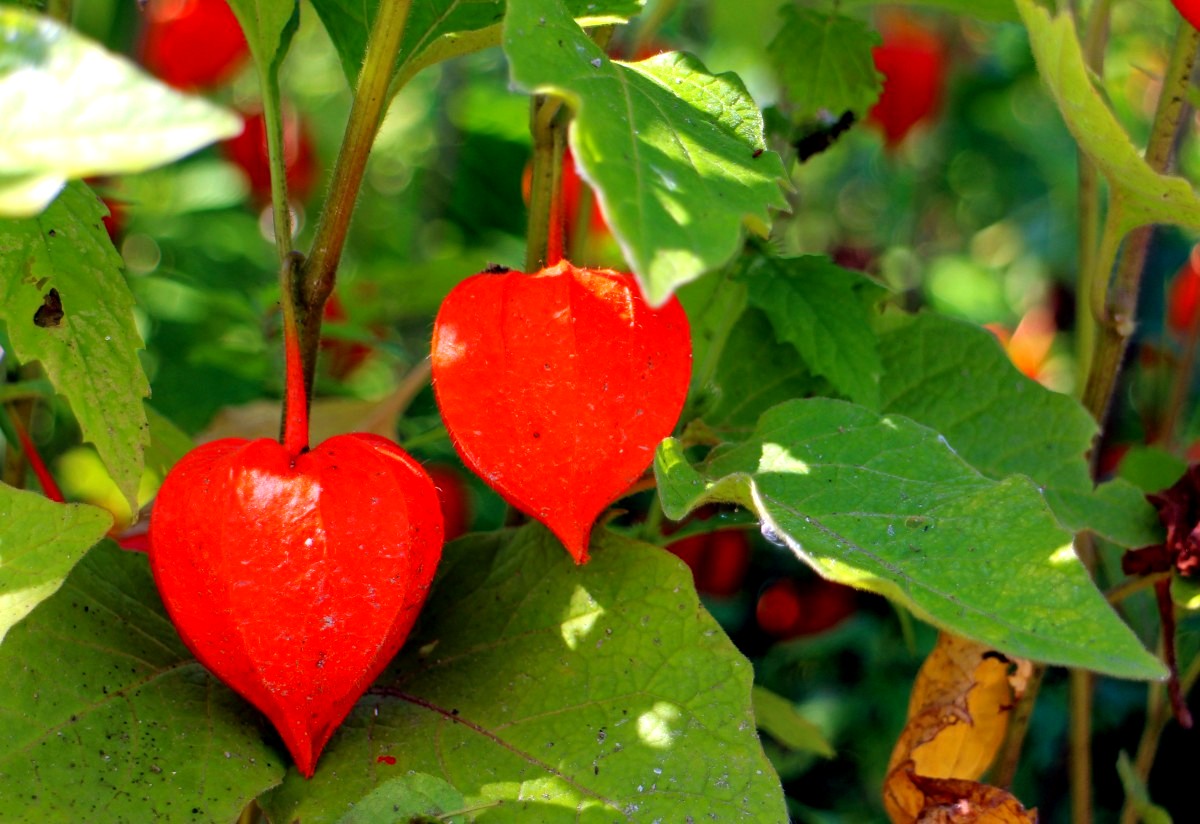
October is the route’s highest visiting month, tourist will be joined by plenty of other leaf-peepers, as thousands of visitors fill the highway (particularly during weekends) to get a look of the scarlet sourwoods, orange sassafras and golden poplars that are visible in this destination.
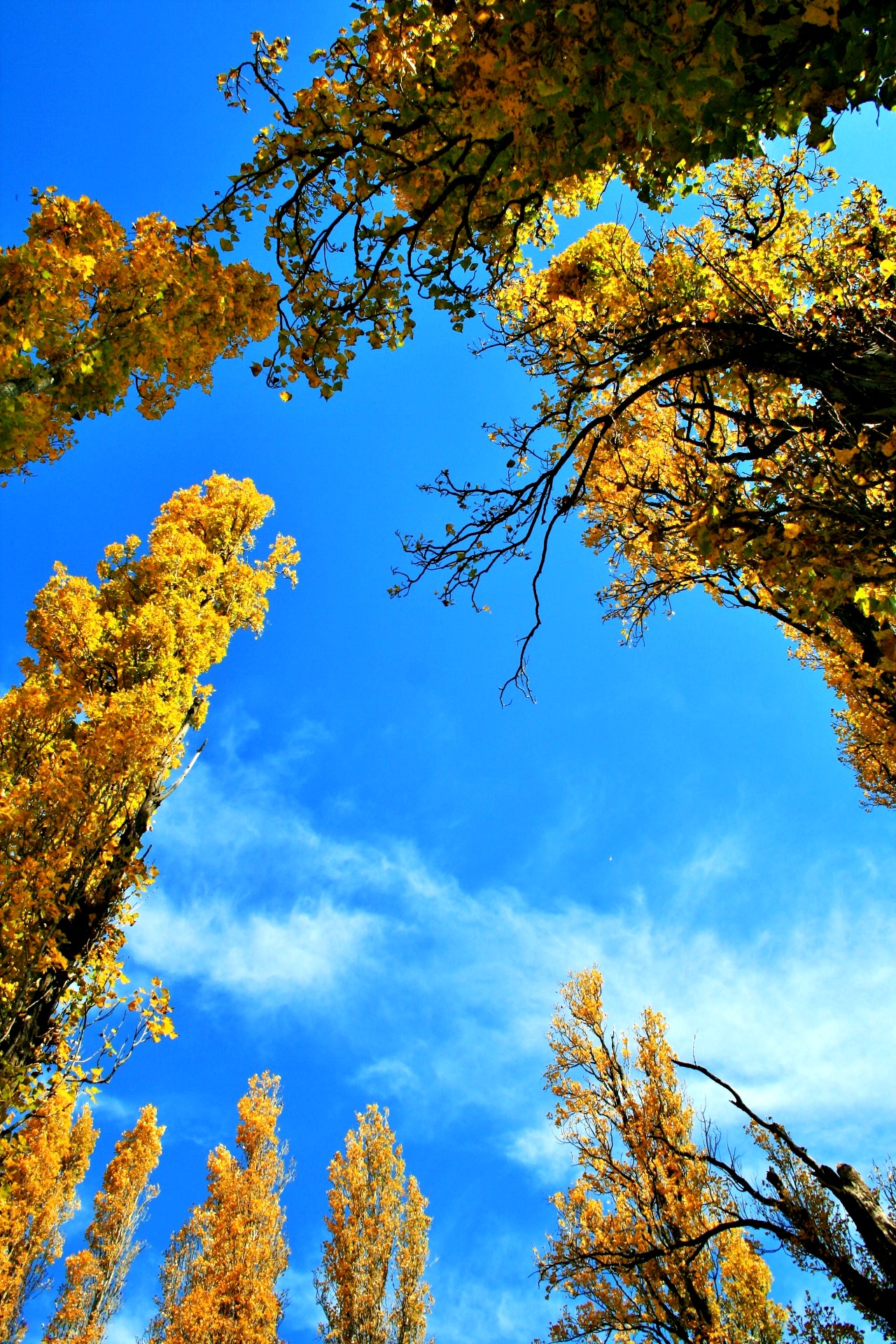
The falling leafs-viewing season properly starts at the end of September, when the foliage of dogwood, sourwood and black gum trees turn deep red. Yellow poplars and hickories turn into yellow, while maples bring red and sassafras go orange. At the end of the season you can see how oaks turn brown and deeper reds.
The Blue Ridge Mountain’s Fall Foliage

Tourist should start their route at Shenandoah National Park which is close to Waynesboro, Virginia. If you travel south you’ll find amazing panoramic views of the valleys on both sides of the parkway. The landscapes and the changing colors get better going to the Pisgah and the Black Mountains in the south. The route finishes at the Great Smoky Mountains National Park near Cherokee, N.C.
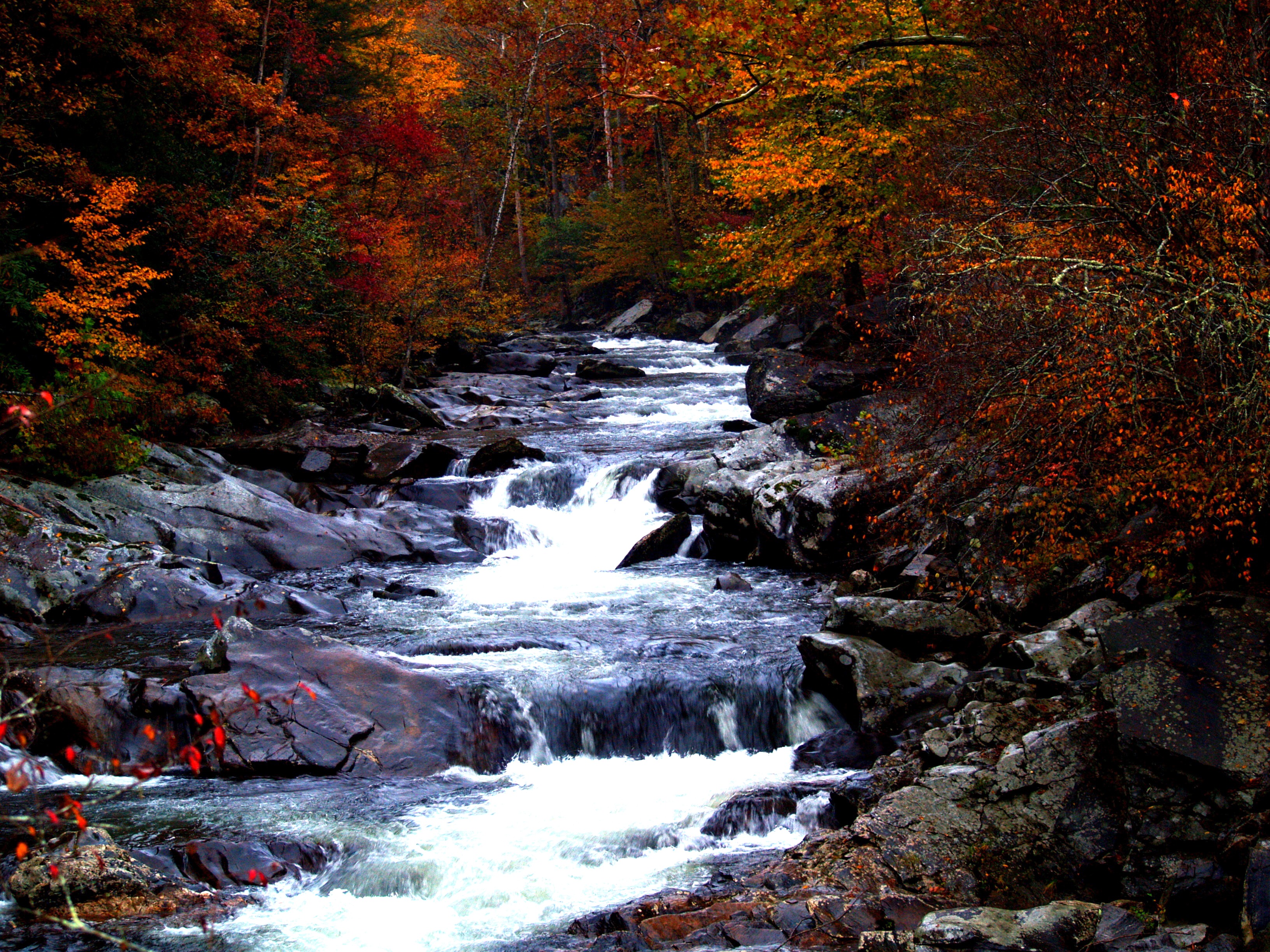
Visitors can park anywhere on the margins of the 469-mile road to enjoy the natural splendor and cultural history of Virginia and North Carolina. However, it’s important to follow National Park Service rules for the highway. Swimming in lakes or ponds is forbidden, hunting is not allowed, no pets should be without a leash and the only places to light a fire is on campground or picnic area fireplaces.
Picnics, Festivals and Amazing Photo-Ops
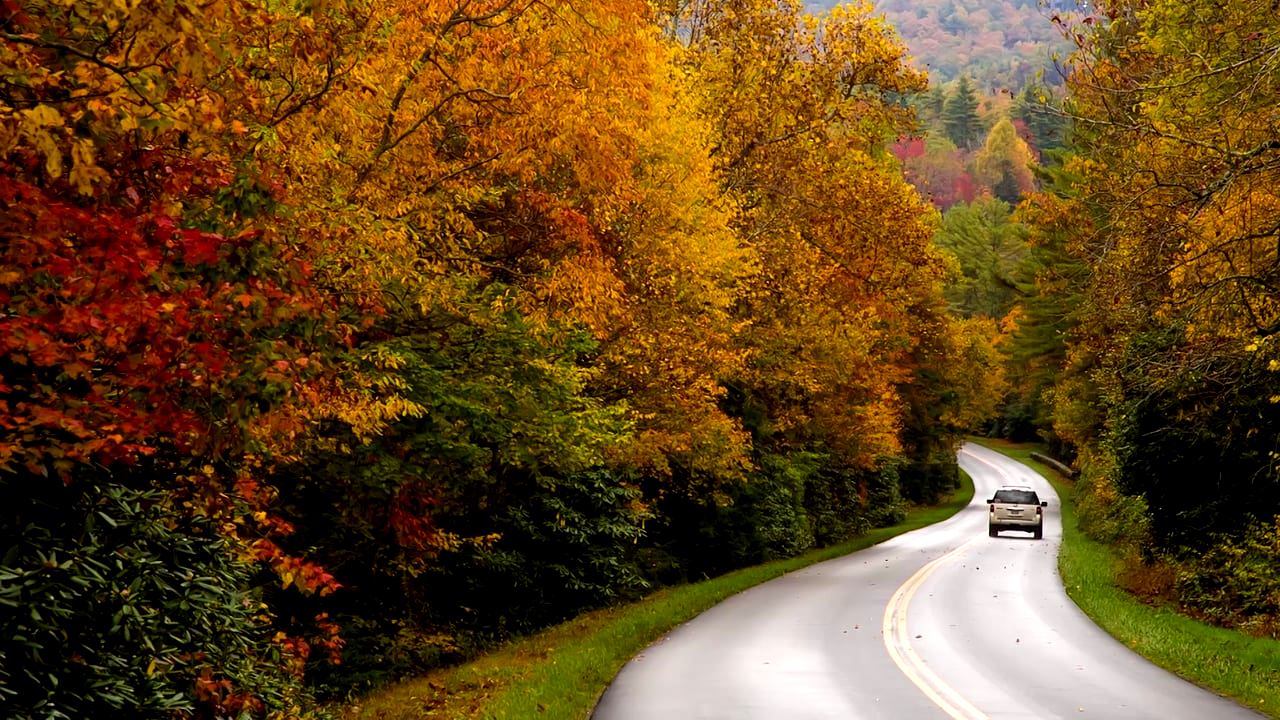
The best way to start the autumn foliage road trip can be at the Virginia Fall Foliage Festival in Waynesboro. The event is held in the town, during the first two weekends in October. People can enjoy the exhibitions of arts and crafts, and explore Waynesboro’s main street and historic district.
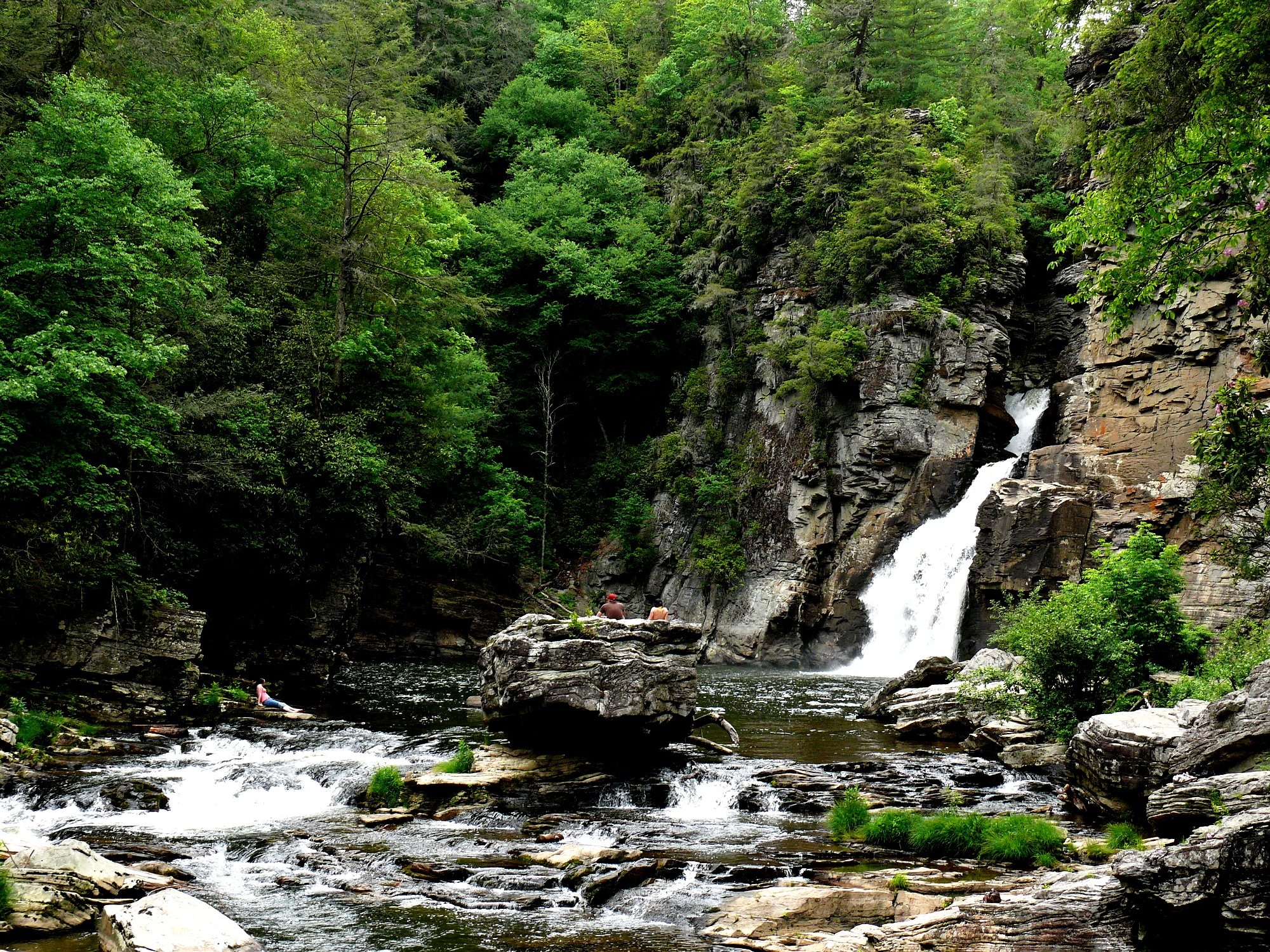
The perfect photo-op side trip can be had at the Linville Falls Visitor Center, between Linville and Marion. From there, tourist can take a short hike to view the two mammoth waterfalls. Tourists can check out the Mabry Mill, at milepost 176.2, one of the most photographed sites on the entire route.
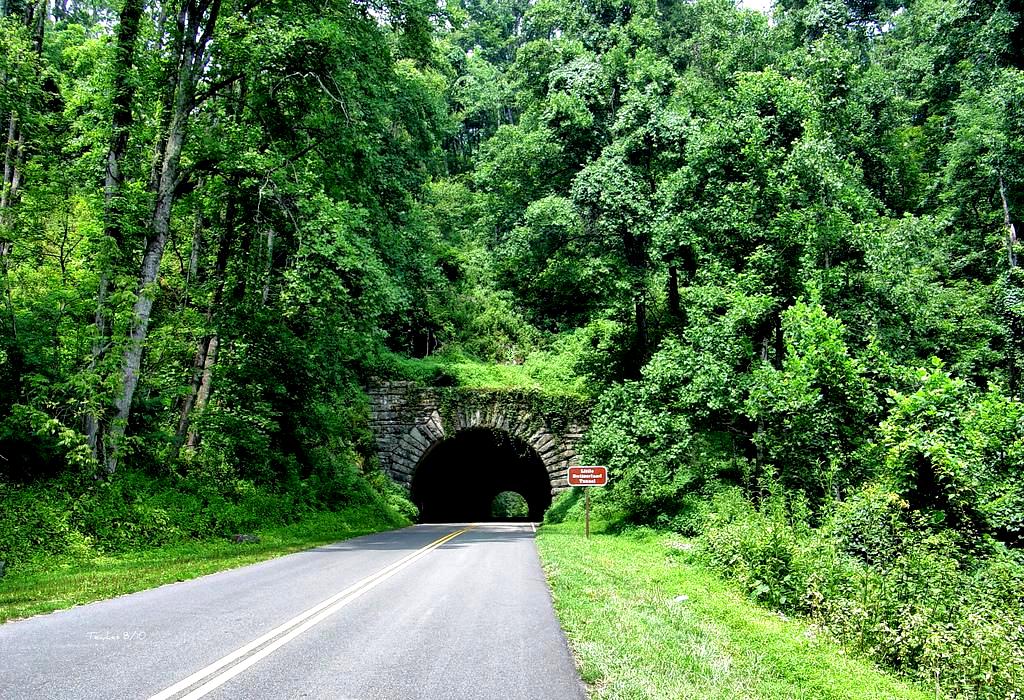
There’s even a chance to get a taste of European mountain culture in Little Switzerland, N.C., at milepost 334. The name refers to the scenery surrounding this Appalachian Mountain town that resembles the views found in Switzerland.
More Information











